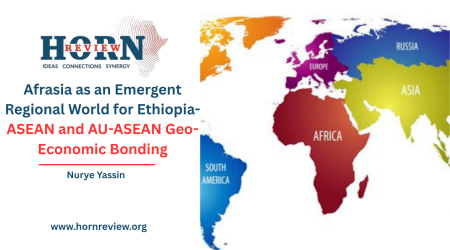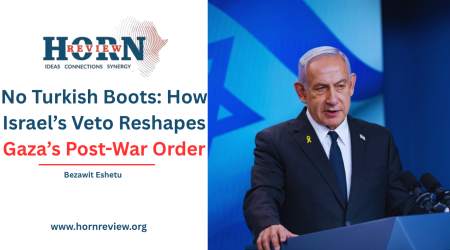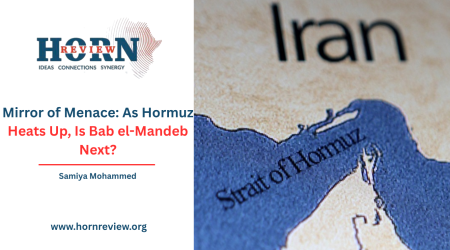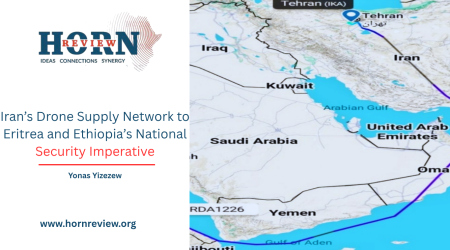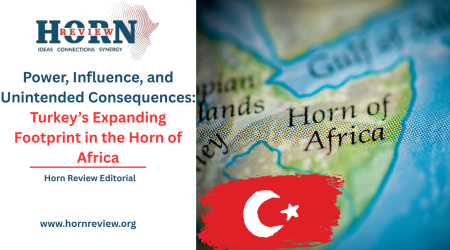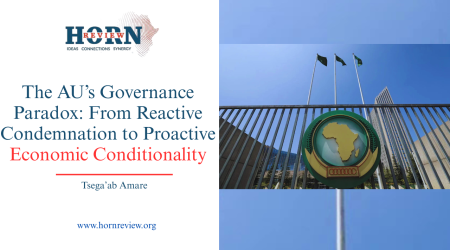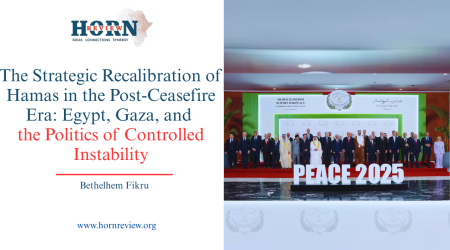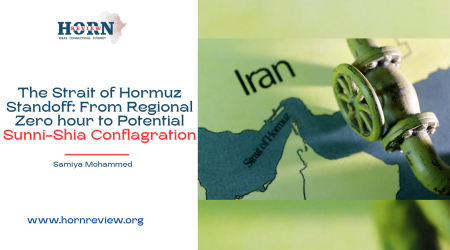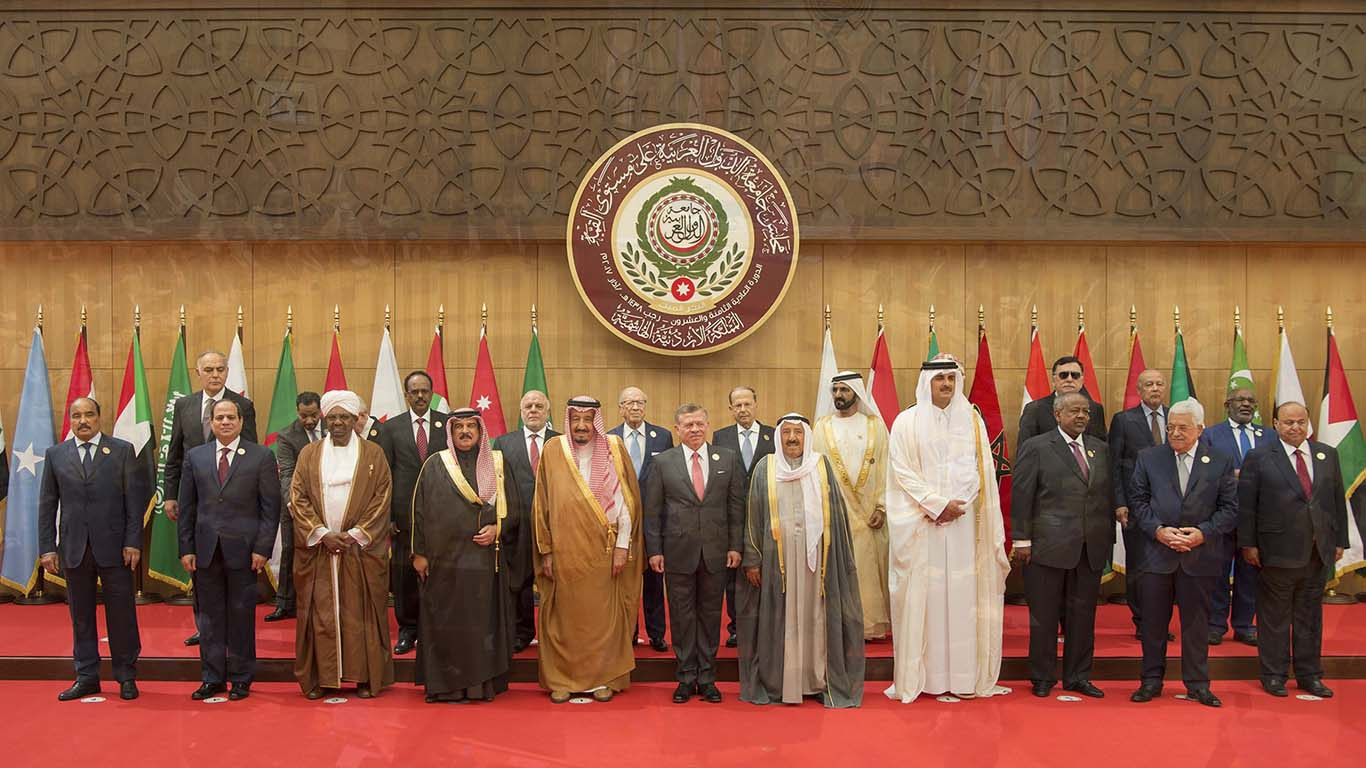
11
Oct
The Arab League’s “Arab NATO” Dream: Will It March This Time?
Consisting of twenty-two nations, the Arab League integrates its members with shared faith, the rhythm of one culture, and the deep psychology of a people bound by history. Although its members vary greatly in wealth, stability, and influence, from oil-rich Gulf monarchies to fragile states struggling with long-lasting conflict. Member countries like Saudi Arabia and Qatar, on top of their riches, wielded an immense influence in the Muslim world at large. In vast contrast, nations like Yemen, Somalia, and Libya were mired in fragility and conflict, struggling to preserve basic stability. Egypt, though not as wealthy, stood out through its vast population and cultural capital.
Although a magnificently large unit, critics often label it as a talk forum, claiming that it is better at issuing a statement than enforcing it. Events like arguments over the wars in Iraq, Libya, or Yemen, where disagreement among them became clear and intensified, prove the platform to be a stage for division. Despite its shortcomings, the League attests to being a forum for solidarity, a place where the Arab nation came together and showed unity. Preceding events like the collective support for Palestine and using the oil embargo in the 1970s as a common political weapon showcase that that unity, though frail, has historically enabled the Arab League to shape political outcomes and project collective strength. This delicate balance between division and unity illustrates the complex dynamics at play within the Arab League.
In September 2025, the League, following the escalation of tensions marked by the Israeli strike in Qatar, once again dusted off an old idea that has been around for nearly a decade: a joint military force, an “Arab NATO.” Following the attack on Doha that killed diplomatically protected Hamas leaders, Arab nations are growing aware of how vulnerable they are both singly and collectively. The continued violation of sovereignty of Qatar and other regional nations by Israel and the growing regional instability also fuels the urgency. The concept was first introduced by Egypt’s President Abdel Fattah el-Sisi as a mechanism to counter terrorism and defend Arab states from external threats in 2015. At the moment, although the idea was accepted enthusiastically, it has yet to materialize. Member states could not come to an agreement over who would lead, how much each of them is to contribute, and, most awkwardly, whose war it is supposed to fight. Fast forward to 2025, and Egypt yet again seems to think that the moment for the idea to mature has come. But despite Cairo’s push, the Arab League once again dismissed the proposal, with member states unable to come to an agreement over the scope of such a force.
Egypt, taking the lead, presented a joint military force that set its headquarters in Cairo, and its first commander, naturally, would be an Egyptian before rotating with each of the twenty-two members of the League. The blueprint envisions land, sea, air, and special forces pooled from national armies. Think of it as a regional insurance policy: if one member faces a threat, the others rally in its defense. A mirror to the NATO convention article 5; an attack on one member shall be considered an attack against them all. In theory, it’s pragmatic and noble. In practice, it’s a place where past efforts crumble. The rejection failed to come as a surprise. Like attempts made in 2015 and earlier defense pacts that never moved beyond paper, the Arab League proved once more that political symbolism outweighs military substance.
The begging question is, why now? The answer: security. The war in Gaza continues to reverberate across the Middle East, and the recent Israeli strike in Doha rattled Arab leaders. Add to that Yemen’s instability, Libya’s fragmentation, Lebanon’s fragility, and the ever-present specter of Iranian influence, and you have a perfect storm of anxieties. These collective realities reveal the urgency to establish a collective military shield that could possibly offer deterrence, credibility, and, at the very least, a symbolic Arab unity. It was also anticipated to reduce reliance on foreign powers. However, it seems all of that is quickly crushed by the weight of the old rivalry. Gulf States are skeptical of Egypt’s leadership, North African nations consider it irrelevant to their security, and smaller nations fear being dragged into another country’s war.
Among many reasons for the much-anticipated repudiation, the first is the issue of the Arabs’ adverse nature to share control over their armed forces. Even in the European Union, a far more integrated bloc, defense coordination is patchy. Imagining 22 capitals, from Rabat to Riyadh, to forge a single command takes a whole lot of daring. Secondly, Gulf countries have their rivalries. Egypt and Qatar don’t often see eye-to-eye. North African members have different threat perceptions than Levantine ones.
Building a common army against a common enemy seems fuzzy in a reality where harmony amongst the members is a myth. One more is the challenge of integrating such a force where Arab militaries differ extensively in size, training, and equipment. While not impossible, it would take years, a large investment, and a strong central command.
At the center of the “Arab NATO” ideology lies a tilted balance towards reassurance rather than readiness. It is to show citizens that their leaders don’t just stand idly by while the region is under threat. The push for an Arab army is less about tanks and jets than it is about politics.
The Arab League’s ‘Arab NATO’ was once again reduced to a headline rather than a blueprint. Its rejection underscores a familiar reality: in the Arab world, unity is far easier to declare than to institutionalize. The dream of collective defense still resonates, but for now, it remains shelved, another reminder that without political will, even the grandest visions will remain unfinished. The vision is bold, dramatic, and, as always, deeply complicated. It may never materialize in the form its architects envision, but the very fact that it is being discussed again reflects the region’s hunger for self-reliance.
By Tselot Getachew, Researcher, Horn Review

